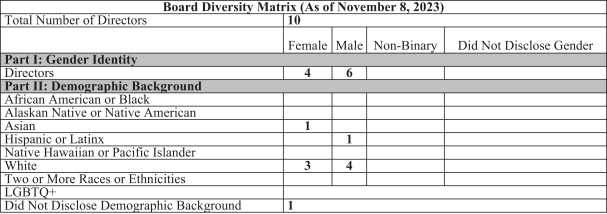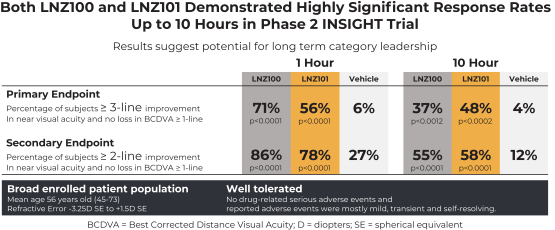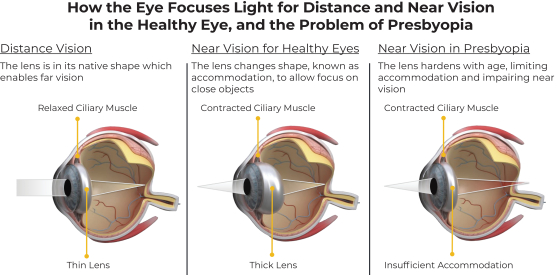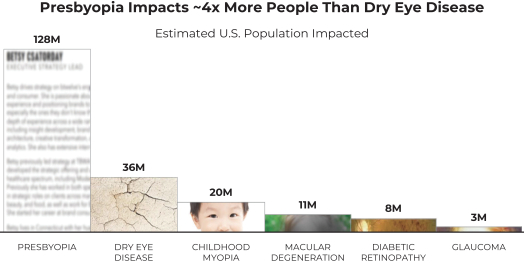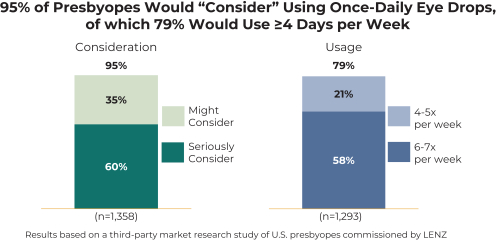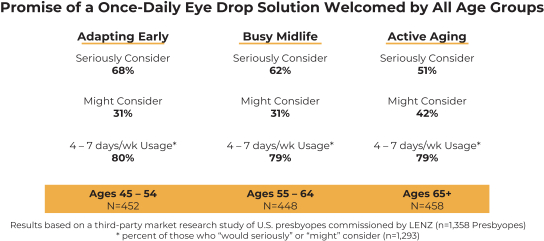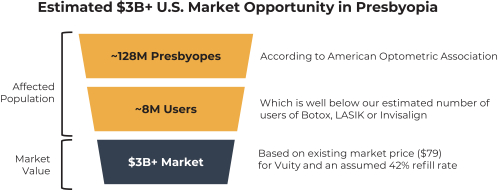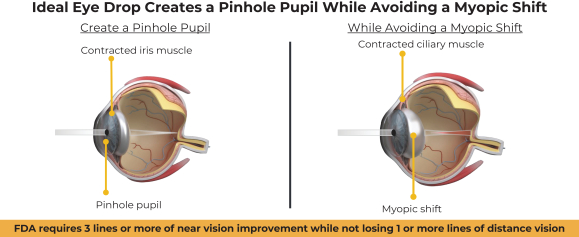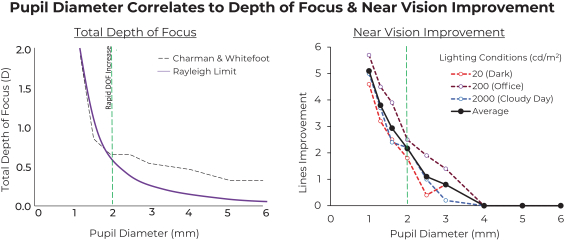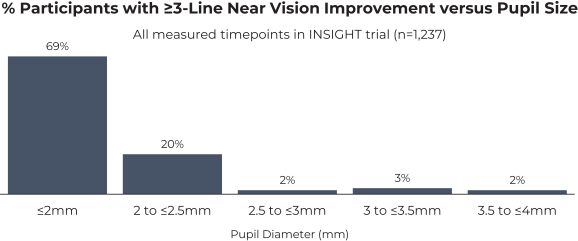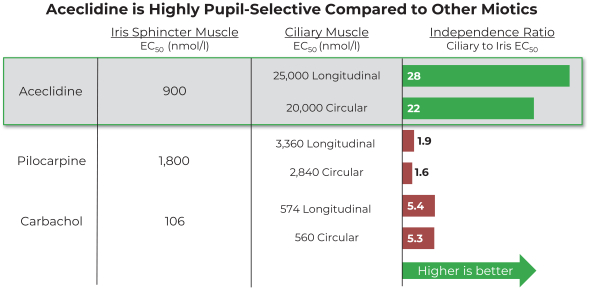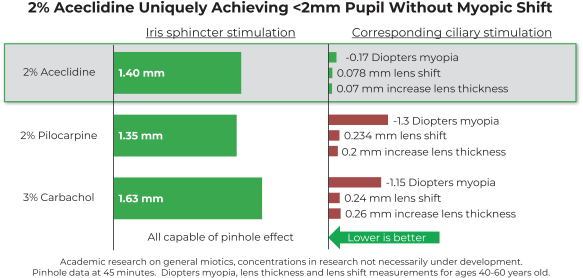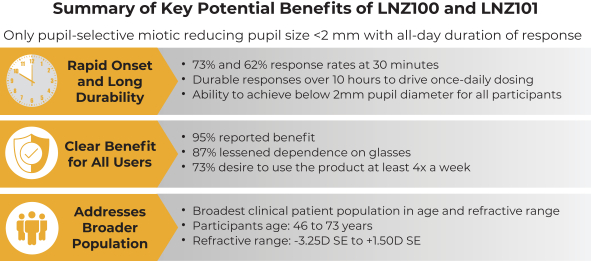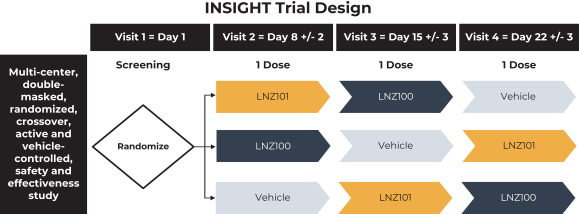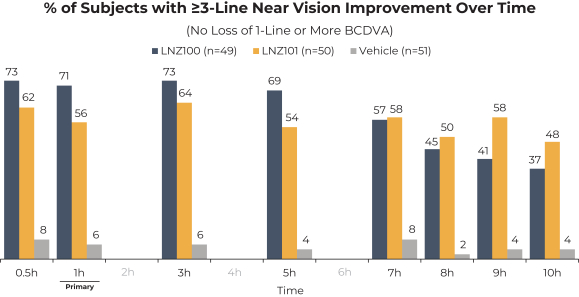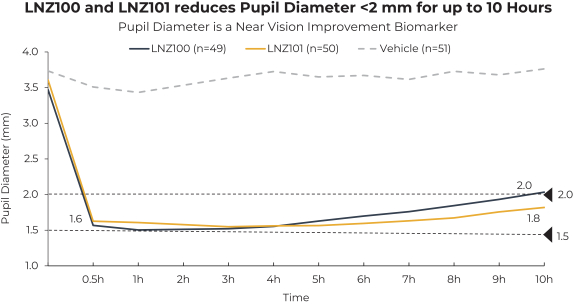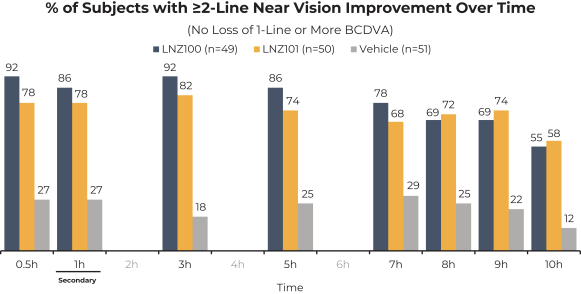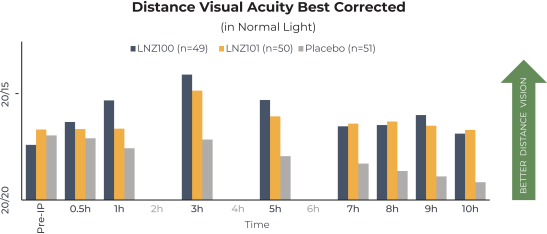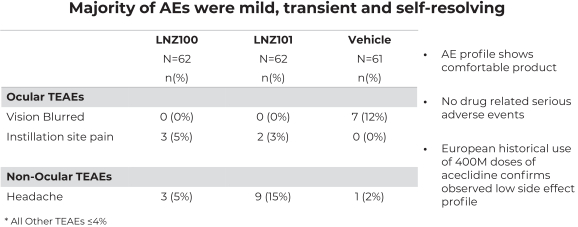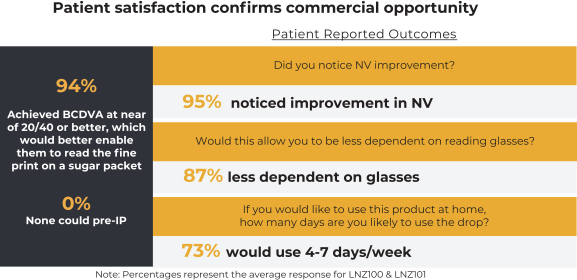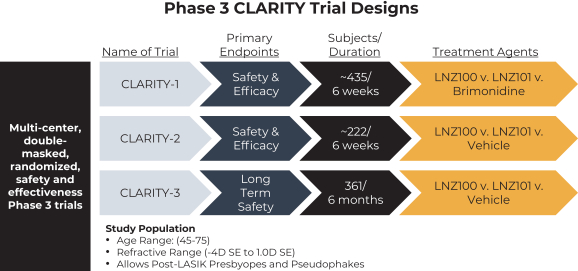The information in this preliminary proxy statement/prospectus is not complete and may be changed. Graphite may not sell the securities described in this preliminary proxy statement/prospectus until the registration statement filed with the Securities and Exchange Commission is effective. This preliminary proxy statement/prospectus is not an offer to sell and it is not soliciting an offer to buy these securities in any jurisdiction where the offer or sale is not permitted.
PRELIMINARY PROXY STATEMENT/PROSPECTUS
SUBJECT TO COMPLETION, DATED DECEMBER 6, 2023

|

|
PROPOSED MERGER
YOUR VOTE IS VERY IMPORTANT
To the Stockholders of Graphite Bio, Inc. and Lenz Therapeutics, Inc.,
Graphite Bio, Inc., a Delaware corporation (“Graphite”), and Lenz Therapeutics, Inc., a Delaware corporation (“LENZ”), entered into an Agreement and Plan of Merger (the “Merger Agreement”) on November 14, 2023, pursuant to which, among other matters, Generate Merger Sub, Inc., a wholly-owned subsidiary of Graphite (“Merger Sub”), will merge with and into LENZ, with LENZ surviving the merger as the surviving corporation and a wholly-owned subsidiary of Graphite (such transaction, the “merger”). Upon the completion of the merger, Graphite will change its name to “LENZ Therapeutics, Inc.” Graphite following the merger is referred to herein as the “combined company.”
At the effective time of the merger (the “effective time”), (i) each then-outstanding share of LENZ’s common stock, par value $0.001 per share (“LENZ common stock”), will be converted into the right to receive a number of shares of Graphite’s common stock, par value $0.00001 per share (“Graphite common stock”), based on a ratio calculated in accordance with the Merger Agreement (the “exchange ratio”) and (ii) each then-outstanding share of LENZ’s preferred stock, par value $0.001 per share (“LENZ preferred stock” and together with the LENZ common stock, the “LENZ capital stock”), will be converted into the right to receive a number of shares of Graphite common stock equal to the exchange ratio multiplied by the aggregate number of shares of LENZ common stock into which such share of LENZ preferred stock is then convertible, as described in more detail in the section titled “The Merger Agreement—Exchange Ratio” beginning on page 200 of the accompanying proxy statement/prospectus. The final exchange ratio is subject to adjustment prior to closing of the merger (the “closing”) based upon Graphite’s net cash (as defined in the Merger Agreement) (“Graphite’s net cash”) at closing. Each share of Graphite common stock and each option to purchase Graphite common stock (“Graphite option”) that is issued and outstanding at the effective time will remain issued and outstanding in accordance with its terms and such shares and options, subject to the proposed special cash dividend and reverse stock split, will be unaffected by the merger; provided that, each outstanding and unexercised Graphite option with a per share exercise price equal to or greater than $3.00 (prior to giving effect to the proposed special cash dividend and reverse stock split) (the “Out-of-the-Money Graphite Options”) will be accelerated in full immediately prior to the effective time and each such Out-of-the-Money Graphite Option not exercised as of immediately prior to the effective time will be cancelled at the effective time for no consideration. All Graphite options with a per share exercise price of less than $3.00 (prior to giving effect to the proposed special cash dividend and reverse stock split) will continue to be subject to the same terms and conditions after the effective time as were applicable to such options as of immediately prior to the effective time.
In connection with the merger, each outstanding and unexercised option to purchase shares of LENZ common stock (“LENZ option”) immediately prior to the effective time, whether or not vested, will be assumed by Graphite, subject to adjustment as set forth in the Merger Agreement, and each warrant to purchase shares of
1
